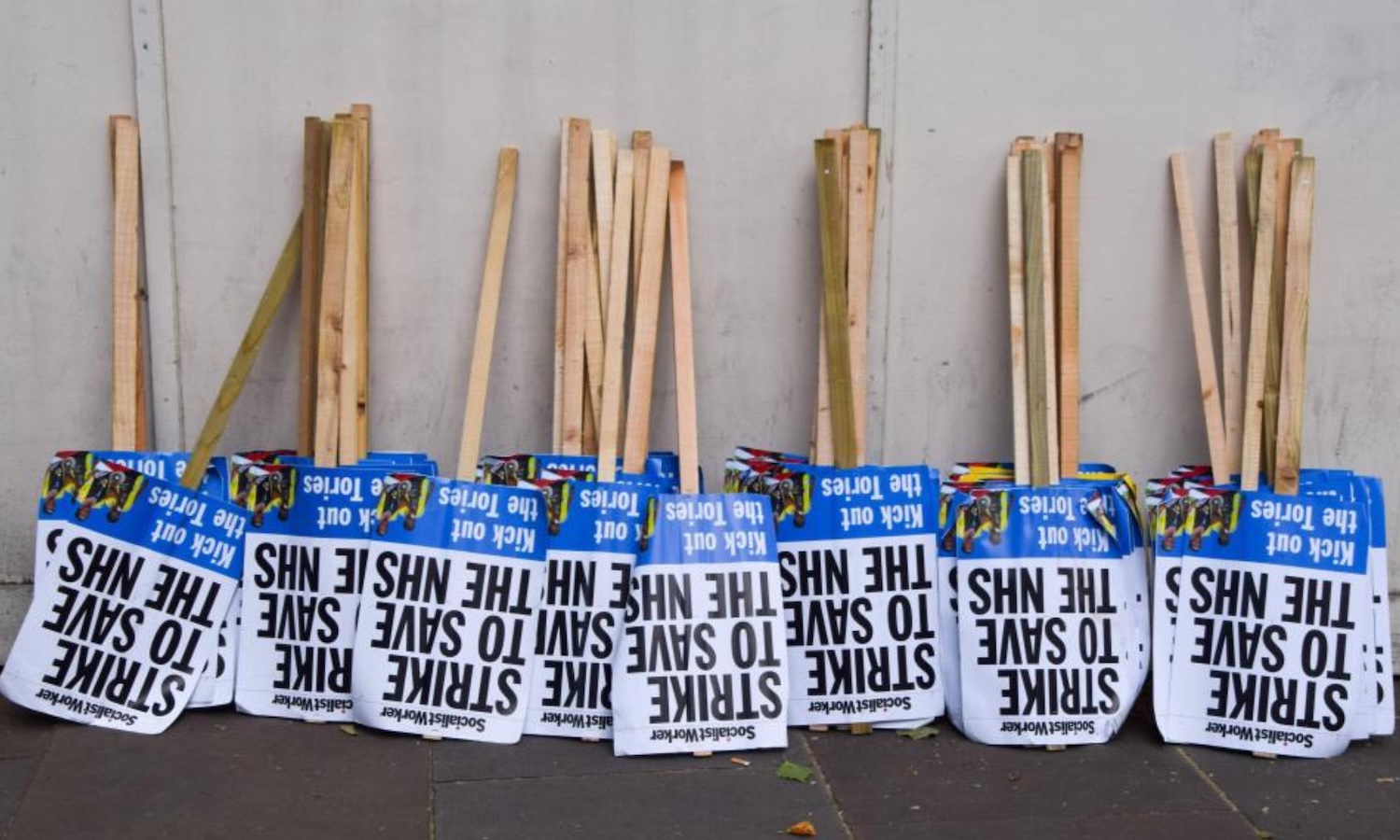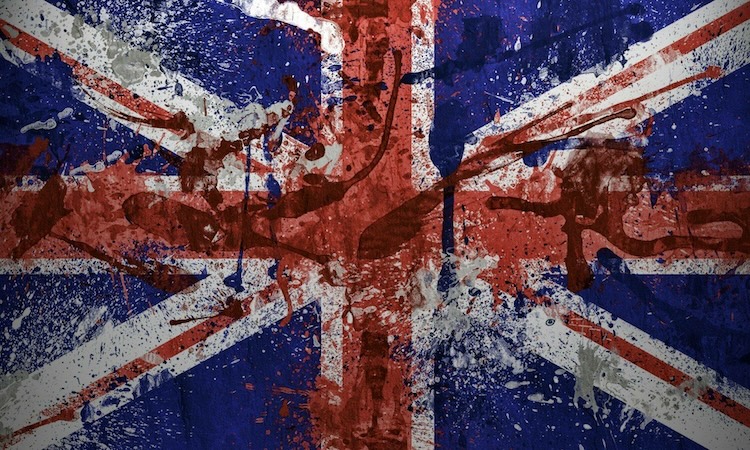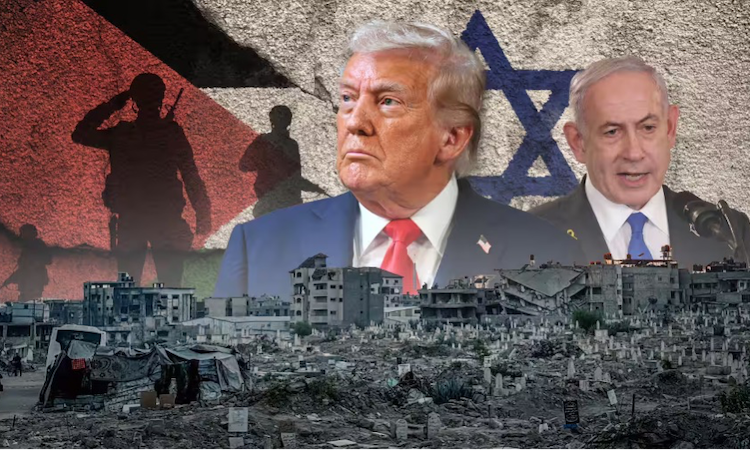In sharp contrast with the Australia of the Crocodile Dundee films, where all races get along together, and personal differences are sorted out by a manly fistfight followed by a few jars at the local boozer in some ‘one-horse town’, real-life Australia is for the most part a modern imperialist state in which nearly 98 percent of the population are not classified as indigenous (Aboriginal) people and a large proportion view those who are as some mixture of stupid, criminal, obscene and drunkard, and as completely unreliable workers.
Colonial roots of racism in the ‘new world’
You don’t have to travel too far back in history to find the roots of Australia’s anti-Aboriginal feelings and practices, which range from ‘mildly’ intolerant racism through to extreme racial hatred and white supremacy amongst a good number (though by no means all) of those considered to be of European extraction.
Just as in the USA, Canada, New Zealand, most of Africa, and much of South and central America where European colonists landed and claimed ‘ownership’, the indigenous population were considered a slave workforce at best or otherwise as an inconvenient infestation to be ruthlessly cleared away.
In either case, the same methods of dehumanisation were used by the colonists in popular descriptions of indigenous peoples, their traits being given as lazy, untrustworthy, sexually deviant, etc – anything that made them seem less human and ultimately responsible themselves for any indignity, obscenity or massacre that the new European rulers brought down on their heads.
Anti-Aboriginal racism embedded at every level of the Australian state machinery
That these racial stereotypes remain in the psyche of many Australian ‘whites’ is only too evident when we look at any sector of Australian life, whether that be work, home or land ownership, social interaction, etc.
And now we hear news that a United Nations investigative delegation, which had been tasked with looking not only into anti-Aboriginal racism but also into accusations of the organised and methodical torture of Aborigines in prisons and youth detention centres, has quit its investigation after being denied access to the establishments under question by the state governments concerned.
This was despite the Australian national government having agreed to the investigation, and cannot but lead us to look more closely at the Australian criminal justice system as experienced by Aborigine youth.
In 2016, the Australian Broadcasting Corporation’s (ABC) Four Corners programme screened harrowing footage of the Don Dale youth detention centre in Darwin, Northern Territory. Filmed between 2010 and 2015, the footage showed prison officials repeatedly abusing detained Aborigine teenage boys.
The term ‘abusing’ does not do justice to the practices that were recorded and shown on Australian TV. The boys were shown being knocked to the floor and verbally abused, or forcibly stripped and then left naked and alone in locked rooms. Some were kept locked in their cells for almost 24 hours a day with no running water, little natural light, and without any access to school or educational materials.
Guards were recorded laughing while five boys choked on teargas they had pumped into a confined isolation unit in which the boys were locked in their cells with limited ventilation and no exit. In another clip, a visibly distressed boy was roughly stripped by three men, tied to a mechanical restraint chair and hooded before being left alone, in a scene reminiscent of practices at the USA’s Guantanamo Bay and Abu Ghraib torture centres.
Unbelievably, it took nearly two years before a big enough outcry was made about this exposure for the government even to acknowledge a problem. Yet back in 2012, the UN’s committee on the rights of the child (CRC) had said that Australia’s juvenile justice system required substantial reform before it would meet international standards – noting, for example, that children in Australia are held criminally responsible from the age of ten, two years younger than the CRC’s internationally acceptable minimum.
Shocking rates of incarceration fuels dehumanisation
The UN’s convention on torture acknowledges that discrimination paves the way for torture and ill-treatment. Ignoring, if not encouraging, racism against indigenous people and the huge inequalities in health, education and housing, successive Australian governments have played a major part in creating the torture culture that indigenous children ‘in the legal system’ face.
Australia signed the UN’s optional protocol to the convention against torture (Opcat) in 2017, and, as a signatory, opened itself up to the possibility of inspection of its youth detention centres and of the legal system that incarcerates so many Aborigine children.
Between 2001 and 2008, the indigenous adult imprisonment rate in Australia rose 37 percent (Australian Bureau of Statistics 2008). Over the same period, the non-indigenous imprisonment rate rose by 8 percent.
Young indigenous people, who constitute a tiny fraction of the youth population of Australia, account for three-quarters of mandatory sentences.
Indigenous people in Australia are among the most highly-incarcerated in the world. Despite indigenous Australians representing only around 2.4 percent of the Australian population overall, they make up at least 24 percent of the prison population.
The incarceration rate for all indigenous Australians is 10-12 times higher than for non-indigenous Australians, while indigenous women are imprisoned at around 19-20 times the rate of non-indigenous women. Indigenous children between the age of ten and 14 are believed to be around 30 times more likely to end up in some form of detention than non-indigenous children of the same age.
This, then, is the background to that UN investigation, and it has to be said that only three other countries – Rwanda, Azerbaijan and Ukraine – have had similar anti-torture inspections.
Former prison inspector Steven Caruana, who has played a big role in exposing the scandal and bringing in the UN inspectors, said: “There can really be no excuse as to why the delegation was hindered. Australia has had almost five years to prepare for this visit. Australia will now have to answer for this embarrassing debacle in front of the United Nations committee against torture.”
The Australian government, meanwhile, is blaming state governments for blocking the inspectors, claiming that Australia’s refusal to welcome them boiled down to a ‘funding dispute’ between the federal and state authorities.
The country now has until January 2023 to meet its UN obligations.
We will not hold our breath waiting for any big changes in Australian policy towards indigenous people. Imperialism needs a divided working class at home, and both race and religion are ideal grounds for creating scapegoats to fuel that necessary divide.














